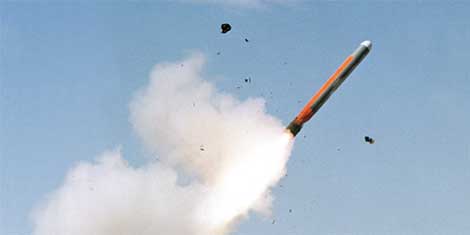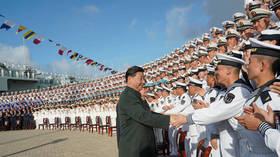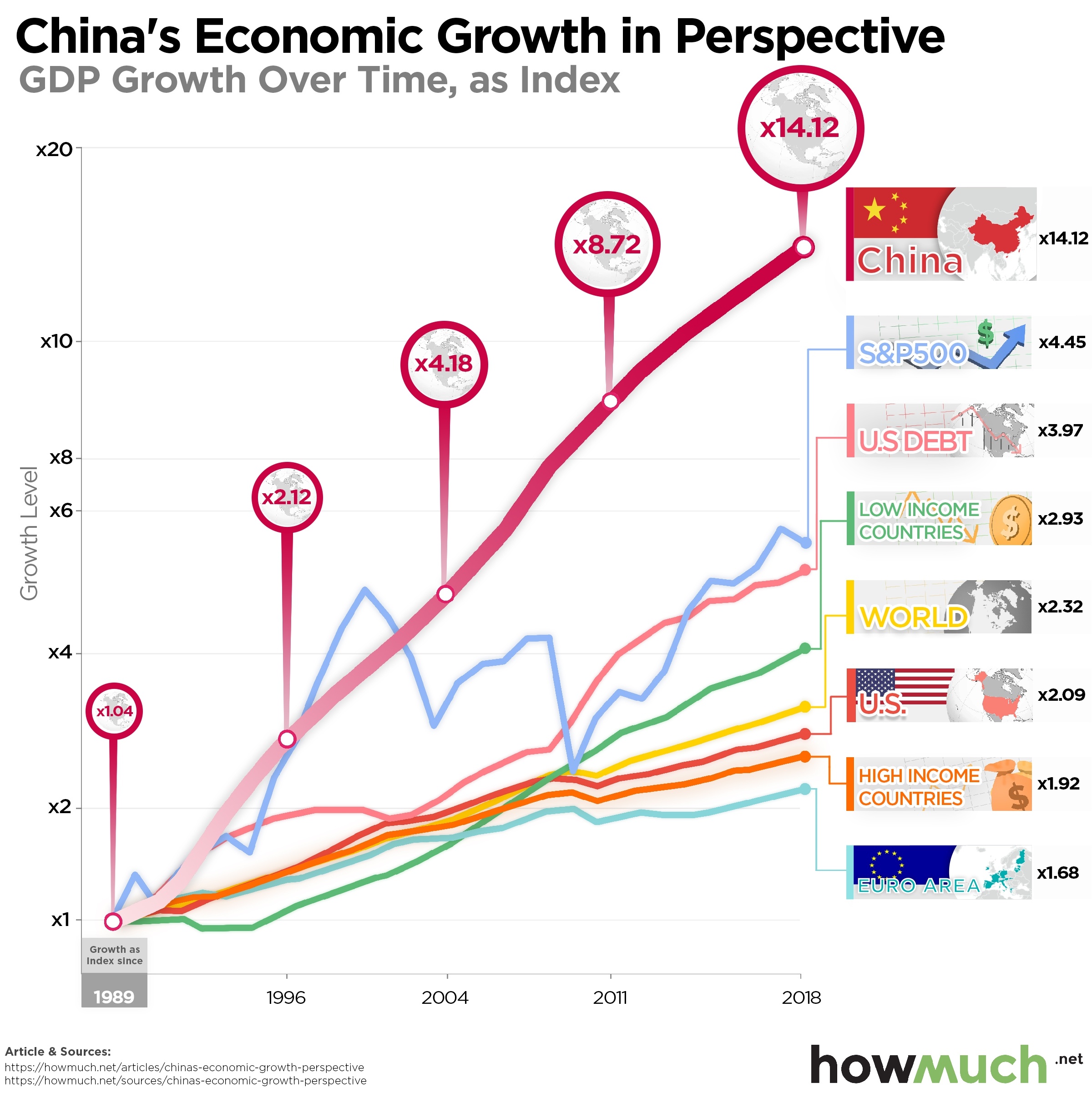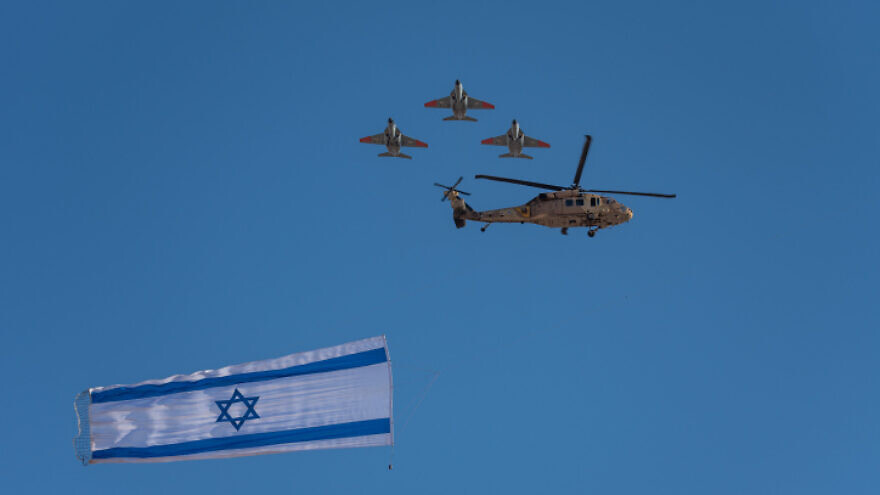Amb Satish Chandra
 In the wake of the recently passed Citizenship Amendment Act (CAA) several parts of the country have been rocked by violent protests including with the participation of some prominent institutions of learning. While violent protests are per se reprehensible, in the instant case an objective analysis of the nature of the Act and the prevailing circumstances would militate against even a peaceful agitation. Clearly, the protests being witnessed are the result of unfounded apprehensions fomented by vested interests who are acting against the national interest. A classic example of this is Mamata Bannerjee's call for a UN monitored referendum on the CAA !!! The fact that students have joined the protests does not inspire much confidence in our centres of higher learning. The least that one would have expected of such students was to be better informed about the realities of the CAA before mindlessly taking to the streets and resorting to vandalism.
In the wake of the recently passed Citizenship Amendment Act (CAA) several parts of the country have been rocked by violent protests including with the participation of some prominent institutions of learning. While violent protests are per se reprehensible, in the instant case an objective analysis of the nature of the Act and the prevailing circumstances would militate against even a peaceful agitation. Clearly, the protests being witnessed are the result of unfounded apprehensions fomented by vested interests who are acting against the national interest. A classic example of this is Mamata Bannerjee's call for a UN monitored referendum on the CAA !!! The fact that students have joined the protests does not inspire much confidence in our centres of higher learning. The least that one would have expected of such students was to be better informed about the realities of the CAA before mindlessly taking to the streets and resorting to vandalism.
Unfortunately, the Government narrative designed to set at rest these apprehensions has not succeeded. Much greater attention is required to address perception management both on internal and foreign policy related issues.
The CAA, in essence, contemplates the possibility of accord of Indian citizenship to the minority communities of the three Islamic states of Pakistan, Bangladesh, and Afghanistan who entered India up to 31st December 2014. These minorities comprise Hindus, Sikhs, Buddhists, Jains, Parsis and Christians who, living in these countries under constant threat of persecution simply because they are non-Muslims, have, even after the massive migration of 1947, been coming to India in driblets over the years.

















/arc-anglerfish-arc2-prod-mco.s3.amazonaws.com/public/NQLHVJWLTNBODCPNWXSLRTBFSI.jpg)
/arc-anglerfish-arc2-prod-mco.s3.amazonaws.com/public/HC2QFQDYGFC7ZDRLRZF4OSWP2U.jpg)